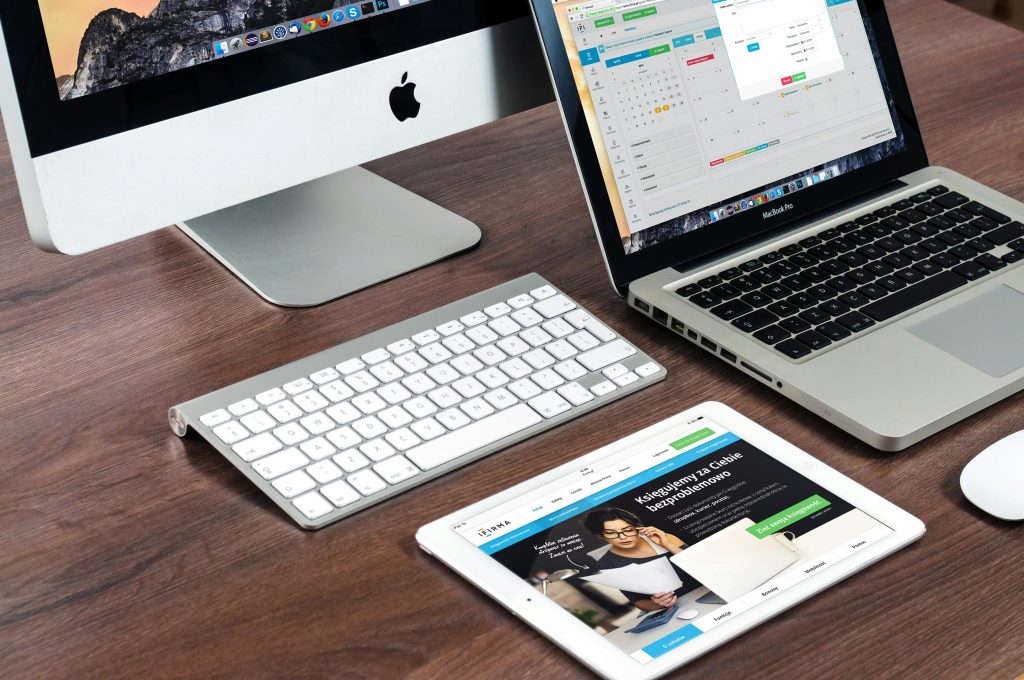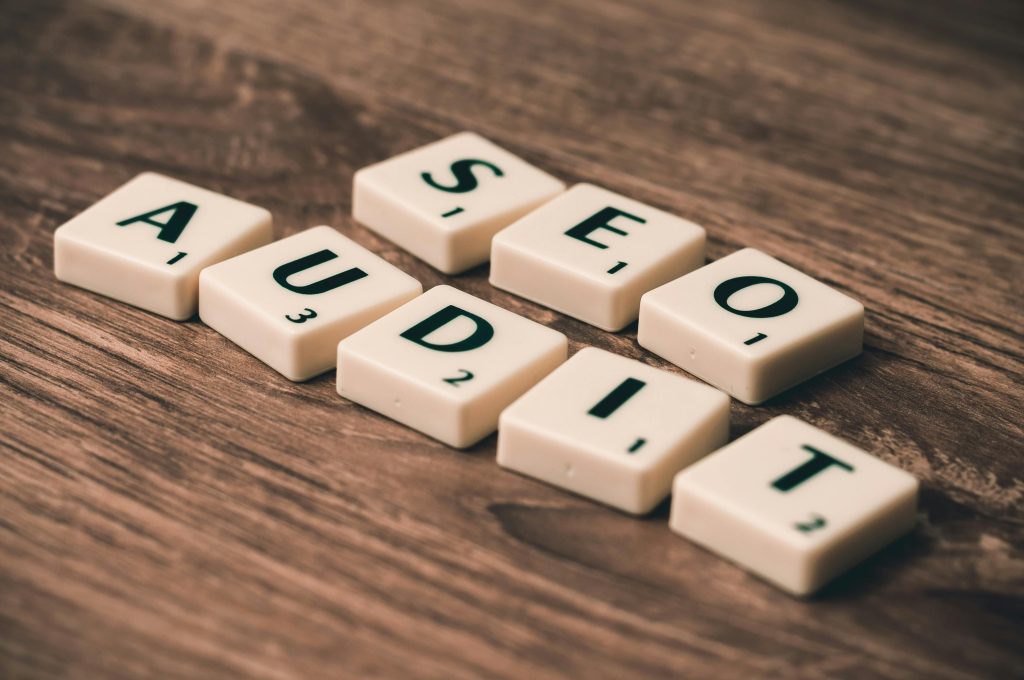Introduction
Knowing your personal strengths and weaknesses is the foundation of self-awareness. When you understand what you excel at, you can leverage those abilities to advance your career, improve relationships, and boost confidence. Likewise, recognizing areas where you struggle allows you to address gaps, seek support, and avoid pitfalls. In this post, we’ll walk through a structured process—combining introspection, feedback, and objective tools—to help you pinpoint your core strengths and weaknesses and create a plan for growth.
1. Reflect on Past Experiences
1.1 List Your Accomplishments
- Recall Key Successes
- Think about times you felt particularly proud or received praise. Maybe you led a project at work, organized a community event, or earned top grades in a challenging course.
- Write down 5–10 significant achievements—both professional and personal.
- Identify Common Themes
- Review each accomplishment and ask:
- What skills or qualities did I rely on? (e.g., communication, persistence, creativity, empathy)
- What about this experience felt “easy” or “natural” to me?
- If several successes highlight, say, problem-solving under pressure, that’s likely a key strength.
- Review each accomplishment and ask:

1.2 Analyze Challenging Moments
- List Difficult Situations
- Reflect on times you struggled—missed deadlines, conflicts with peers, or tasks that felt overwhelming.
- Jot down 5–10 instances where you felt frustrated or underperformed.
- Uncover Underlying Weaknesses
- For each challenging scenario, ask:
- What made this task difficult? (lack of knowledge, poor time management, communication issues)
- Which skills or personal traits were missing or underdeveloped?
- If you repeatedly struggled with public speaking, that may signal a weakness in confidence, preparation, or verbal communication.
- For each challenging scenario, ask:
2. Seek Feedback from Others
2.1 Peer and Manager Reviews
- Ask Colleagues or Classmates
- Request a short, honest assessment: “In your view, what do I do well? Where can I improve?”
- Encourage specific examples—rather than general praise—to uncover patterns (e.g., “You’re great at explaining complex ideas clearly” or “You sometimes hesitate to share your opinions in meetings”).
- Review Performance Evaluations
- If you’re in a job, revisit past performance reviews. Look for recurring positive feedback (strengths) and development areas (weaknesses).
- Note any goals you set but didn’t meet—those often point to growth opportunities.
2.2 360-Degree Feedback (Structured)
- Choose a Simple Template
- Create a short questionnaire with questions like:
- “What do you see as my greatest strength?”
- “In what areas do you think I could improve?”
- “How would you describe my communication style?”
- Distribute it to a mix of coworkers, supervisors, direct reports, or friends/family.
- Create a short questionnaire with questions like:
- Aggregate and Look for Trends
- Collect responses anonymously if possible to encourage honesty.
- Identify strengths mentioned by multiple people (e.g., “excellent attention to detail” or “natural team leader”) and weaknesses they commonly note (e.g., “struggles with delegation” or “tends to procrastinate”).

3. Use Objective Self-Assessment Tools
3.1 Personality Inventories
- Myers-Briggs Type Indicator (MBTI)
- Classifies you into one of 16 personality types (e.g., INTJ, ESFP), highlighting tendencies like how you process information and make decisions.
- Strengths: Helps identify how you interact with others and prefer to work.
- Limitations: Not a definitive measure—use it as one data point, not the whole picture.
- CliftonStrengths (formerly StrengthsFinder)
- Pinpoints your top five “talent themes” (e.g., Achiever, Communication, Strategic).
- Gives you language to describe your natural patterns of thought, feeling, and behavior.
- Big Five Personality Test
- Assesses you on Openness, Conscientiousness, Extraversion, Agreeableness, and Neuroticism.
- High conscientiousness might correlate with strengths in organization and reliability; high neuroticism can indicate potential stress-management challenges.
3.2 Skills and Aptitude Assessments
- Hard Skills Inventory
- List technical skills relevant to your work or interests (coding languages, data analysis, graphic design, etc.). Rate your proficiency (e.g., beginner, intermediate, advanced).
- Objectively note which skills you can teach or mentor others in (strength) versus those you need more training on (weakness).
- Soft Skills Assessment
- Rate yourself on traits like communication, leadership, teamwork, adaptability, and problem-solving.
- Use online quizzes (e.g., Emotional Intelligence tests, critical thinking quizzes) to benchmark where you excel and where you fall short.
4. Conduct a Personal SWOT Analysis
A SWOT analysis (Strengths, Weaknesses, Opportunities, Threats) can help you contextualize your self-discovery in relation to your goals and environment.
4.1 Map Out Your Strengths and Weaknesses
- Strengths: Combine insights from past successes, feedback, and self-assessments. Examples: strong writing skills, persistence under pressure, quick learner.
- Weaknesses: Note the areas where you consistently stumble. Examples: difficulty delegating, time-management challenges, public-speaking anxiety.
4.2 Identify External Opportunities and Threats
- Opportunities: Are there training courses, mentors, or projects you can join to leverage your strengths? For instance, if you excel at data analysis, look for cross-departmental analytics projects.
- Threats: What external factors could exacerbate your weaknesses? Maybe your industry is shifting to new software you haven’t learned yet, or remote work demands strong self-discipline you need to build.

4.3 Create a Personal Development Plan
- Set SMART Goals
- Specific: “Improve my public-speaking skills.”
- Measurable: “Deliver at least three presentations to small groups this quarter.”
- Achievable: Enroll in a local Toastmasters club or video yourself practicing.
- Relevant: Presentations are key to my career advancement.
- Time-bound: Complete three presentations by the end of Q2.
- Leverage Strengths to Address Weaknesses
- If you’re a strong writer (strength) but struggle with verbal communication (weakness), start by writing scripts for your presentations—use your writing to structure your speech.
5. Validate Your Insights Through Action
5.1 Test and Iterate
- Assign Real-World Tasks
- Volunteer for assignments that let you spotlight a presumed strength (e.g., lead a brainstorming session if creativity is your strength). See if it feels natural and you get positive feedback.
- Confront a suspected weakness by taking on a small project in that area (e.g., manage a team of two peers to test your delegation skills). Observe where you struggle and learn.
- Collect Post-Task Feedback
- After each task, ask colleagues or mentors: “How well did I handle X? What could I do differently?” Use this feedback to refine your self-assessment.
5.2 Track Progress Over Time
- Keep a Personal Journal
- Record successes, challenges, and lessons learned after key experiences. Revisit every 3–6 months to see patterns.
- Review and Update Your SWOT
- As you develop in certain areas, your strengths and weaknesses will shift. Repeat the SWOT exercise annually to keep it current.
6. Common Pitfalls to Avoid
- Relying Solely on Self-Perception
- We all have blind spots. Combining self-reflection with external feedback ensures a more accurate picture.
- Taking Personality Tests as Absolute Truth
- No assessment is definitive. Use MBTI, StrengthsFinder, and similar tools as guides—cross-reference with real-world observations.
- Neglecting Weaknesses
- Overplaying strengths can lead to complacency. Address weaknesses proactively—either by improving them or learning to work around them.
- Comparing Yourself to Others
- Your unique combination of strengths and weaknesses is your individual profile. Use benchmarks as references, not as standards you must match.

Conclusion
Identifying your personal strengths and weaknesses is a multi-step process that combines introspection, objective assessments, and external feedback. Start by reflecting on past successes and challenges, then gather candid input from colleagues, friends, or mentors. Supplement these insights with personality inventories and skills assessments. Organize your findings in a personal SWOT analysis and use it to set SMART goals, leveraging your strengths while addressing areas for growth.
As you test your insights through real-world tasks and collect follow-up feedback, you’ll refine your understanding of what you do best—and where you can still improve. Periodic reflection and updates will keep your self-awareness sharp, positioning you to make strategic career decisions, build stronger relationships, and achieve your goals with confidence.

Leave a Reply